Search
Search Results
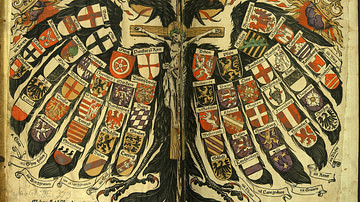
Definition
Holy Roman Empire
The Holy Roman Empire officially lasted from 962 to 1806. It was one of Europe’s largest medieval and early modern states, but its power base was unstable and continually shifting. The Holy Roman Empire was not a unitary state, but a confederation...
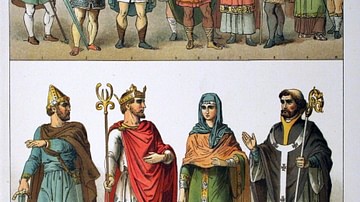
Definition
The Saxons
The Saxons were a Germanic people of the region north of the Elbe River stretching from Holstein (in modern-day Germany) to the North Sea. The Saxons who migrated to Britain in the 5th and 6th centuries CE along with the Angles, Frisians...

Definition
Franks
The Franks were a Germanic people who originated along the lower Rhine River. They moved into Gaul during the Migration Age, where they established one of the largest and most powerful kingdoms in Europe after the fall of the Western Roman...
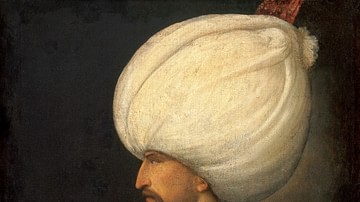
Definition
Suleiman the Magnificent
Suleiman the Magnificent (aka Süleyman I or Suleiman I, r. 1520-1566) was the tenth and longest-reigning sultan of the Ottoman Empire. Hailed as a skilled military commander, a just ruler, and a divinely anointed monarch during his lifetime...
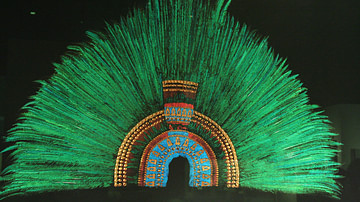
Definition
Montezuma
Montezuma (aka Moctezuma), or more correctly, Motecuhzoma II Xocoyotzin, meaning 'Angry Like A Lord’, was the last fully independent ruler of the Aztec empire before the civilization's collapse after the Spanish Conquest in the early 16th...
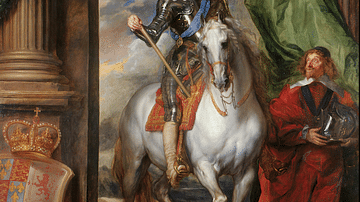
Image
Charles I on Horseback by Anthony Van Dyck
A 1633 painting of Charles I of England (r. 1625-1649) by Anthony van Dyck. (Royal Collection, Windsor Castle)
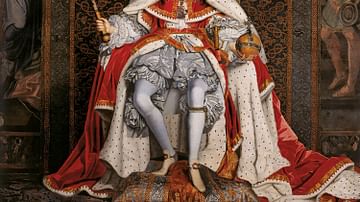
Image
Charles II of England & Royal Regalia
A c. 1661 portrait by John Michael Wright of Charles II of England (r. 1660-1685) wearing his royal regalia. The orb and sceptre have been used in English/British coronation ceremonies ever since and are part of the British Crown Jewels...
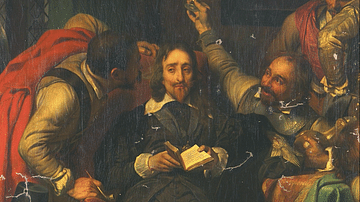
Image
Charles I Insulted by Cromwell's Soldiers
A 19th-century painting by Paul Delaroche titled "Charles I Insulted by Cromwell's Soldiers". Charles I of England (r. 1625-1649) was handed over to the Parliamentarians led by Oliver Cromwell (1599-1658) in 1648 during the English Civil...
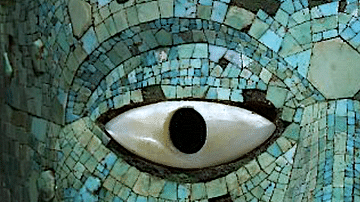
Article
Turquoise in Mesoamerica
Turquoise was a highly-prized material in ancient Mesoamerica, perhaps the most valued of all materials for sacred and decorative art objects such as masks, jewellery, and the costumes of rulers and high priests. Turquoise was acquired through...
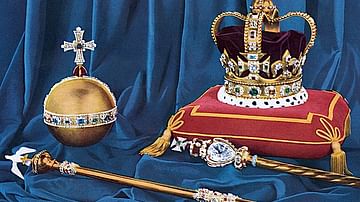
Article
Colonel Blood & the Theft of the Crown Jewels
Colonel Thomas Blood, a known conspirator, made an infamous but unsuccessful attempt to steal the British Crown Jewels from the Tower of London in 1671. Disguised as a clergyman, Blood and his gang swiped the royal regalia from under the...